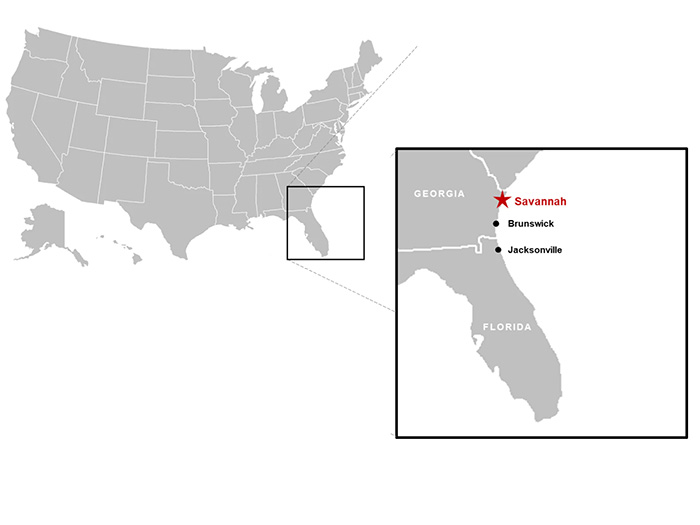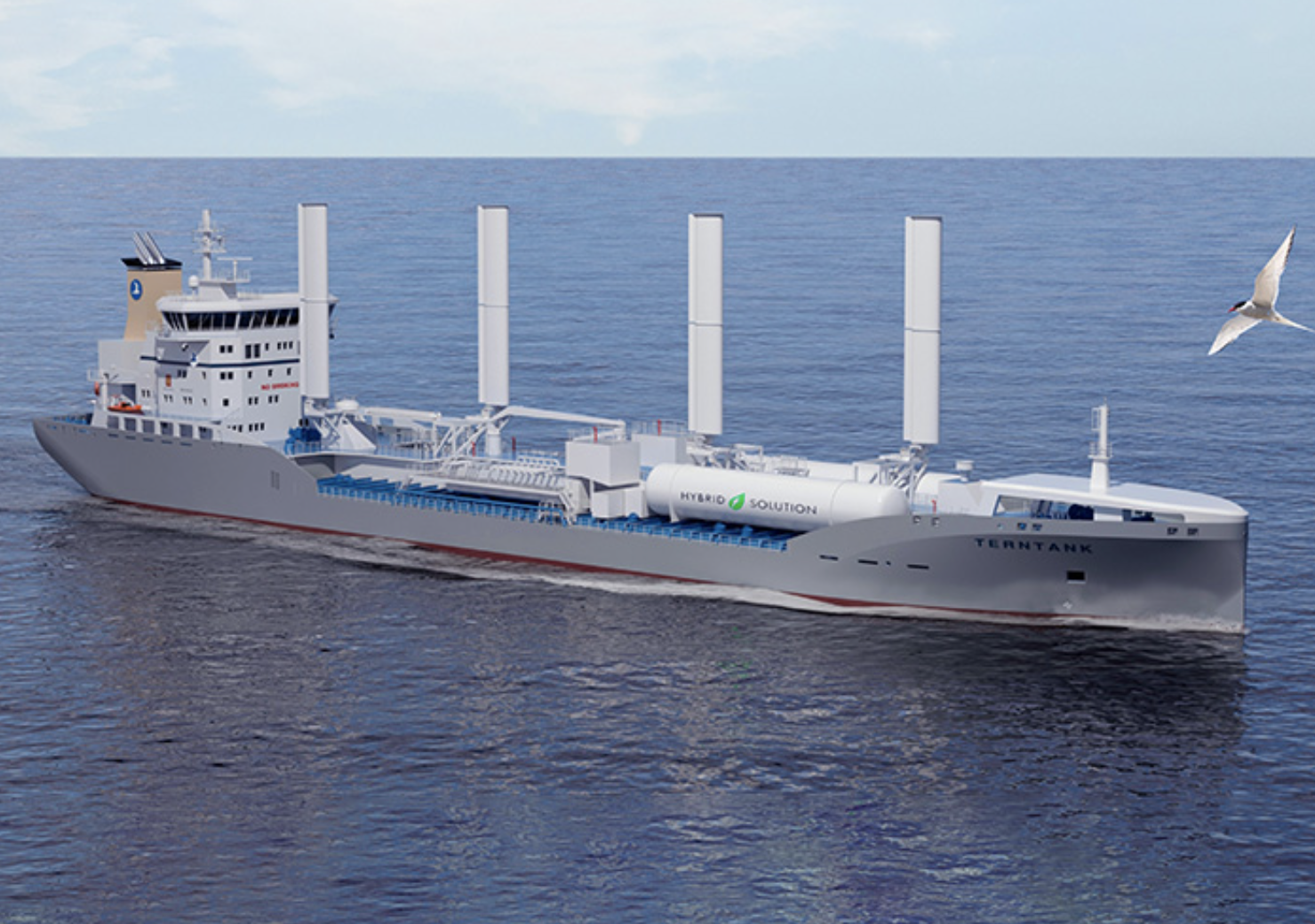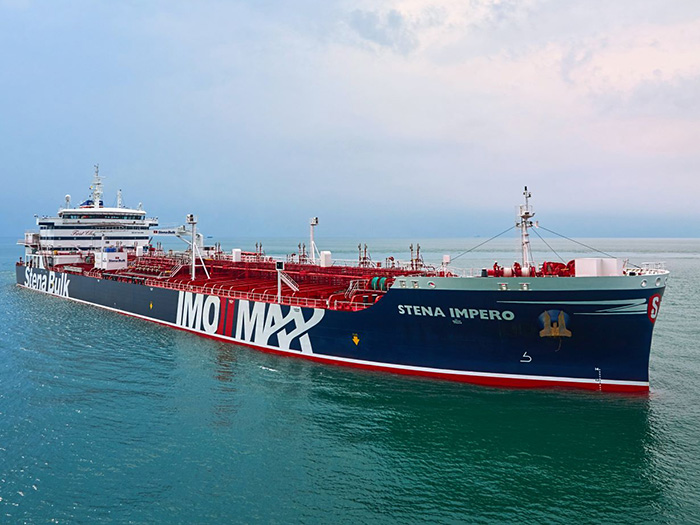
How a leading retailer saved 14.4% in transportation services and warehousing costs, and more by optimising their supply chain.
The customer
The customer is a leading multinational group that designs and sells ready-to-assemble furniture, kitchen appliances, home products, and home-related services. As of June 2019, they have 423 stores operating in 52 countries around the world.
The challenge
In spite of being a leading retailer of ready-to-assemble furniture, homeware, and other household products, our customer was unable to control costs on transportation options and warehouse operations in China Consolidation Point (CP). There was also a need to centralise operations and reduce the CPs in South China to improve supply chain efficiencies.
The Maersk solution
It was important to understand that China shipping container lines were affecting the customer’s costs and operational efficiency.
The first leg of the solution was to run a Centre of Gravity study to identify a potential point that would reduce transportation costs. Along with this, we did a simulation analysis for financial and operational impact.
The study revealed that Nansha could be the new optimal location to replace the two CPs in Yantian. This would result in ransport optimisation, leading to a more agile supply chain.
The result
By replacing the two with a single consolidation point, we helped our customer achieve.
14.4% (USD 730K) cost savings
29.9% (1420 ton) CO2 emission reduction
Better customs handling at the Nansha warehouse
After seeing the benefits of our port rationalisation solution, the customer extended their Warehousing and Distribution (WnD) contract with us by 2 years. They are also preparing to implement the change of their freight consolidation location in South China.
Press – release
















